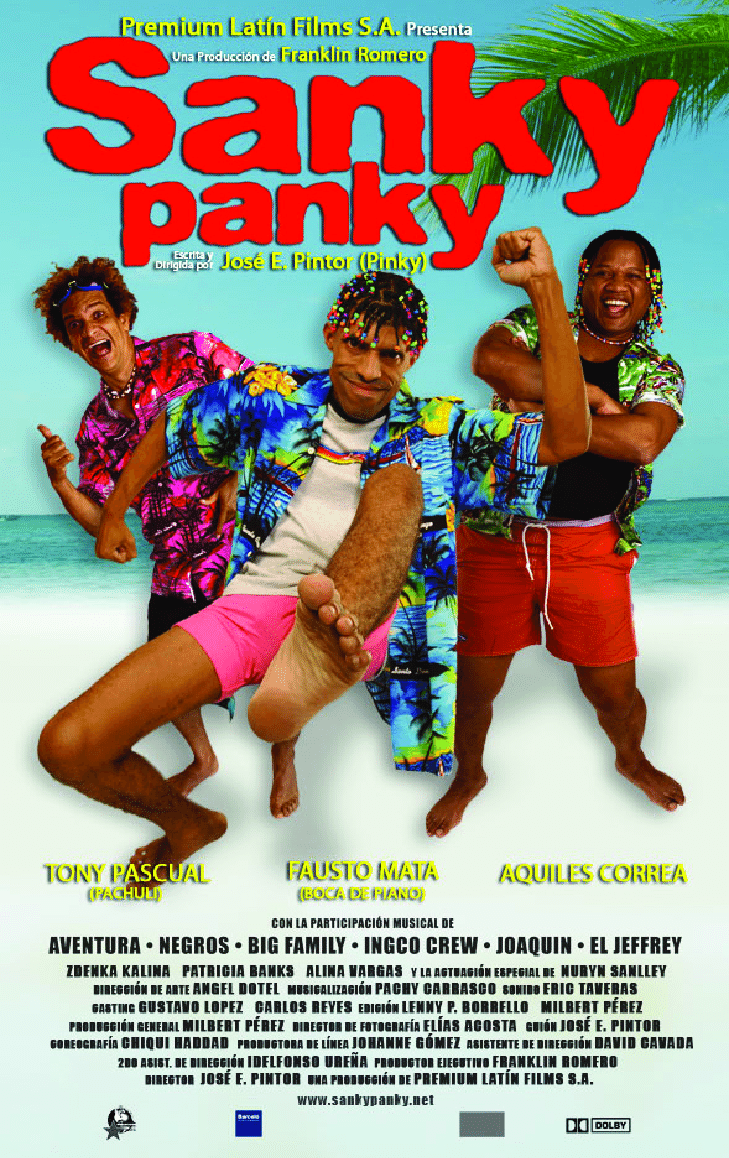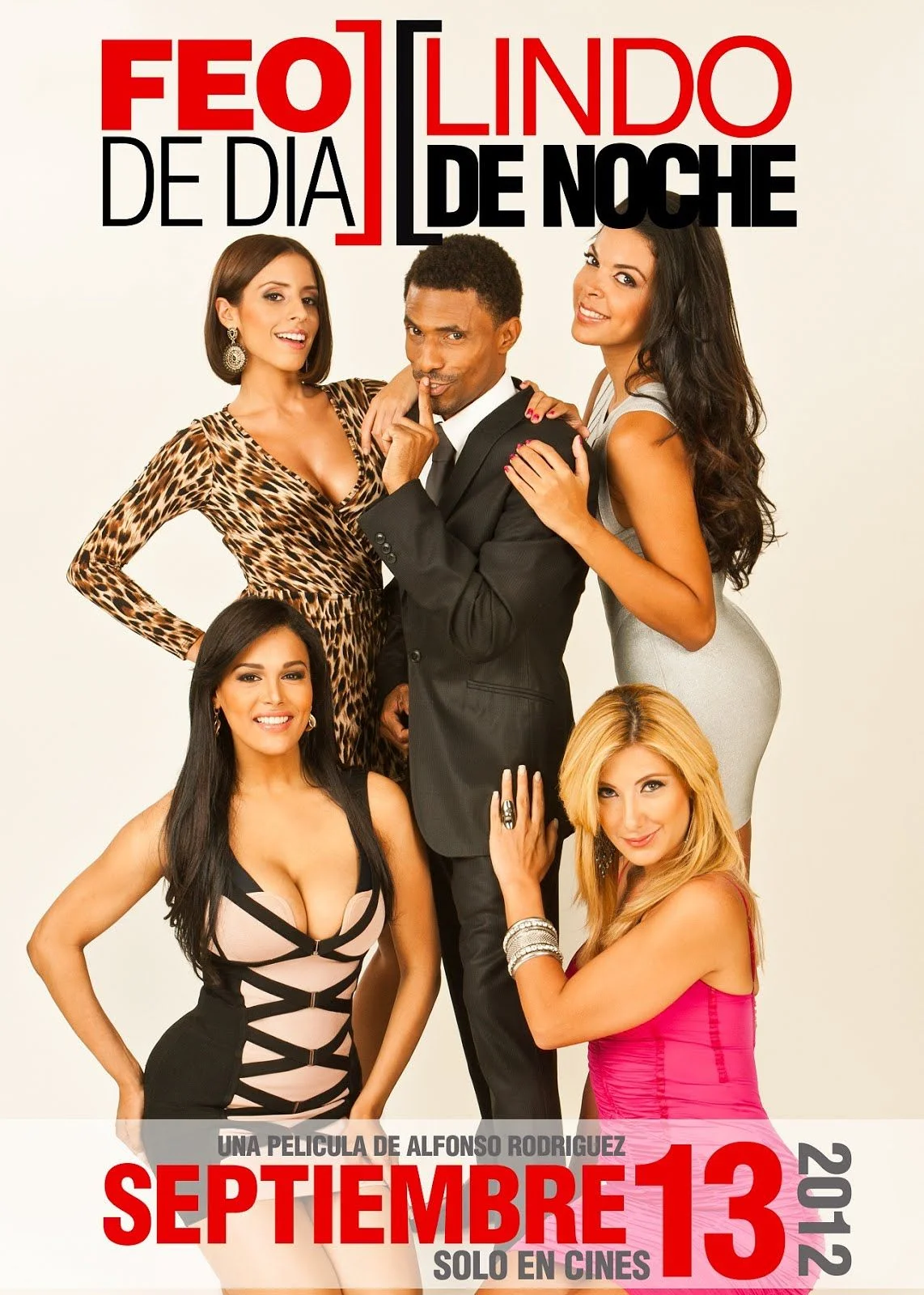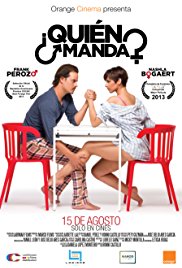Third in a series of articles that focus on research of Dominican history and society.
It’s mid-summer and you want something real, exciting and worth pursuing. You are still in love. You want to move on from the traditional historical narrative. Moya Pons doesn’t matter anymore because in all truth, he never did. So you came up with some ideas, an outline of Dominican topics to pursue while flipping the bird o la gallina to all those who ignore your existence and that of others and guess what?
You know who you are!
Here are eight research topics (some serious, some fun and others obscure) that we/you should pursue whether you are Dominican or not. ¿Vale? Here we go:
By Amaury Rodríguez and Nelson Santana
August 8, 2018
1
Our Refusal to Sit Still: Women and Social Change in Hispaniola
Dominican and Haitian feminist activists meet in a solidarity gathering after the 2010 earthquake in Haiti. Source: Palabra de Mujer.
Inspired by Elizabeth Manley’s Paradox of Paternalism: Women and the Politics of Authoritarianism in the Dominican Republic, this interdisciplinary study will trace the contributions to social change that women on the island of Hispaniola (shared by Haiti and Santo Domingo) have made since the colonial era to the present.
Researchers will dig up women’s histories and resistance movements where women played leading roles ranging from slave rebellions to resistance to US military occupations on both sides of the island; the fight for women’s rights, pro-democracy struggles during the dictatorial regimes led by François Duvalier and Jean-Claude Duvalier, Rafael Leónidas Trujillo, Joaquín Balaguer among others; labor strikes and popular revolts. For instance, the revolts that took place in 1965 and in 1984 in Santo Domingo; and in 1946 and 1986 in Haiti. The study will look closely at the contributions of women in the making of a dissident popular culture rooted in Africa and the avant-garde as well as the role of women in pushing the boundaries of sex and sexual dissidence.
2
Activism al son del merengue with Johnny Ventura
Legendary singer Juan de Dios Ventura Soriano, best known as Johnny Ventura, electrified the Dominican Republic from the moment he took the stage as a teenager during the era of Trujillo. Although he never demonstrated interest in becoming a politician during his heyday as an artist, he always found himself in the middle of politics. Whether in contestation with members of the Comisión Nacional de Espectáculos Públicos y Radiofonía like Zaida Ginebra who banned several of his songs, or his participation in social movements such as the 7 Días con el Pueblo—a festival within the larger Nueva Canción movement in which artists united to protest repressive regimes throughout Latin America and Spain, including the Balaguer regime in the Dominican Republic—Ventura often found himself in the crossroads between the world of music and politics. This research study will investigate Ventura’s activism via the prism of his musicality through his time as an official politician, and time after serving as an elected official.
3
Films That Hurt: Homophobia, Racism and Machismo in Dominican Cinema
Dominican cinema suffers from an acute case of schizophrenia. While in one hand, one can find many good, daring, independent and innovative filmmakers who are busy challenging traditional stereotypes about gender and race and also, this is important, making great films; on the other side of the spectrum, one can also find a sort of B-side version of Dominican cinema, or to be more exact, an unbearable bad use of celluloid known as mainstream Dominican films.
Most Dominican mainstream movies—part of a small and new industry heavily influenced by US mainstream movies—continue to reproduce negative stereotypes that other national cinemas already overcame decades ago. Survey any recent films and you will find tons of sexist jokes and negative portrayals of women. Racism and homophobia are also noticeable components in a medium in desperate need of sensibility training. Starting with the worst of the lot, the Sanky Panky series of films by Spanish-born director José Enríque Pintor, this research will explore issues of race, class and gender.
4
The Guerrilla Novel in Santo Domingo
During the 20th Century, large sectors of the Latin American and Caribbean middle classes embraced guerrilla warfare as a tactic to fight authoritarian regimes, as was the case in Cuba, Haiti and the Dominican Republic. Inspired by stories of personal sacrifices of guerrilla fighters, writers and intellectuals—some of whom were former guerillas themselves— created works that not only documented the armed struggle with all its pitfalls, defeats and frustrations but also offered a romanticized take on the meaning of the guerilla.
This study will explore fictionalized accounts of guerilla warfare by dissecting the guerrilla novel (novela de la guerrilla) as a subversive (no pun intended) literary text within Dominican society and the Americas. The study aims at dissecting the macho guerrillero in a male-centric society undergoing social transformations.
As a starting point, researchers will examine the following novels: Los algarrobos también sueñan by Virgilio Díaz Grullón, Guerrilla Nuestra de cada día by Efraim Castillo and Manolo by Edwin Disla.
5
From National Liberation to Neoliberalism: The PLD and the Rise of Right Wing Politics in the D.R
This study traces the transformation of the center-right Partido de la Liberación Dominicana (PLD, Dominican Liberation Party), a once, promising party that advocated for democratic reforms and social justice into a neoliberal, corrupt electoral machine. Founded in 1973 by Juan Bosch, former president, writer and one of the leaders of the anti-Trujillist resistance in exile, the PLD’s emergence signified a break from traditional politics and the conservative turn of the Partido Revolucionario Dominicano (PRD, Dominican Revolutionary Party) from where it split.
In the 1990s, the PLD leadership—by then more connected to elite groups— pushed the party further to the right as it allied itself with right wing and far right politicians in an alliance known as the Frente Patriotico [the Patriotic Front], opening the door to racist and xenophobic views inside the party. By 1994, the PLD helped to carry out one of the nastiest racist campaigns in Dominican modern history, which prevented José Francisco Peña Gómez, a Dominican of Haitian origin, from winning the presidency.
6
Baila la calle de noche: Utopia and Freedom in a Dominican Carnaval Song
Inspired by an article written by Dominican sociologist Dagoberto Tejeda Ortíz, this research project will look at the subversive act of reclaiming the streets during carnival celebrations in Santo Domingo through the lens of “Baila la calle,” a carnival song composed by avant-garde composer, poet, cultural worker and popular singer Luis Días.
Researchers will elaborate further into the social, cultural and political origins of the popular carnival song, which according to Tejeda Ortíz, some carnival celebrations in the Americas and Europe—from Curaçao, Haiti and Spain—have incorporated the seminal carnival song as part of their repertoire. Some questions to consider while conducting research are how did a carnival merengue song become a national sensation overnight? What were some of the ingredients that made “Baila en la calle,” written by Luis Días a popular anthem in the name of celebration, freedom and joy? How does Baila la calle transcend notions of nationhood and national identity? Does this joyful song calling for people to dance in the streets is also a subliminal call to reclaim the public space and ultimately, power?
7
1965, dominicanidad in Arms
Source: Archivo General de la Nación (AGN).
On August of 1965, as popular sectors battled against the second US military of the country in the midst of a democratic revolution, Héctor Aristy, a prominent member of the Republic in Arms government during the April revolution spoke of the emergence of a “new republic based on dominicanidad”. This “new republic” would emerge, as a result of what he perceived at a time was a possible victory over right-wing coup plotters and a powerful invading army. However, the US military occupation contributed to the defeat of the ’65 revolt. This research asks the following question: What did dominicanidad mean in those tumultuous moments of revolutionary change and counter-revolution? Furthermore, this research will explore the meaning of dominicanidad as a socio-political artifact and a reflection of historical change as opposed to a static notion of nationhood. Researchers will also survey both traditional and progressive ideas of dominicanidad and how the concept or ideal has evolved over time.
Front cover of Patria: Vocero de la dominicanidad [Patria: Voice of dominicanidad], a newspaper published during the 1965 revolution in Santo Domingo. Source: Archivo General de la Nación (AGN).
8
Del meneo al politiqueo
In 1994 and 1998, respectively, many merengue aficionados were taken aback with the appointment as vice-mayor and subsequent election as mayor of famed merenguero Johnny Ventura, who was close to José Francisco Peña Gómez, one of the most charismatic opposition leaders during the 20th century. In the seventies, Ventura involved himself in the Nueva Canción movement that challenged the repressive Balaguer regime and even penned a song denouncing the murder of grassroots activist Mamá Tingó. Since involving himself as an official agent of the government, however, many commentators and fans have argued that Ventura should only be concerned with music because he had no right to delve into politics, hence a debate came to the fore about the role of the artist in society.
Ventura’s election as mayor of Santo Domingo served as a watershed moment for the Dominican Republic as many other high profile artists and celebrities followed in Ventura’s footsteps. Eventually, merengueros Sergio Vargas and Héctor “El Torito” Acosta and bachatero Raulín Rodríguez were elected into office in the twenty-first century. Ventura was not the first Dominican to delve into politics. Socialite Porfirio Rubirosa paraded his charm in the era of Trujillo and many have argued that the diplomat served the dictator as a diplomatic hitman. During Rubirosa’s time, Minerva Bernardino—sister of famed folklorist Casandra Damirón served as another instrumental tool of the dictatorship.
This research study will aim to answer several key questions between the intersectionality between music and politics. What relationships exist between music and politics in Dominican society? Do these artists make the career change to make or bring about effective change or to enrich their pockets? Did these artists display activism as musicians prior to being elected to office? Is it ethical to remain an artist and perform and record as an artist while representing a constituency? Although there are many women artists involved in politics through activism, few actually make the transition to run; why is this the case?



